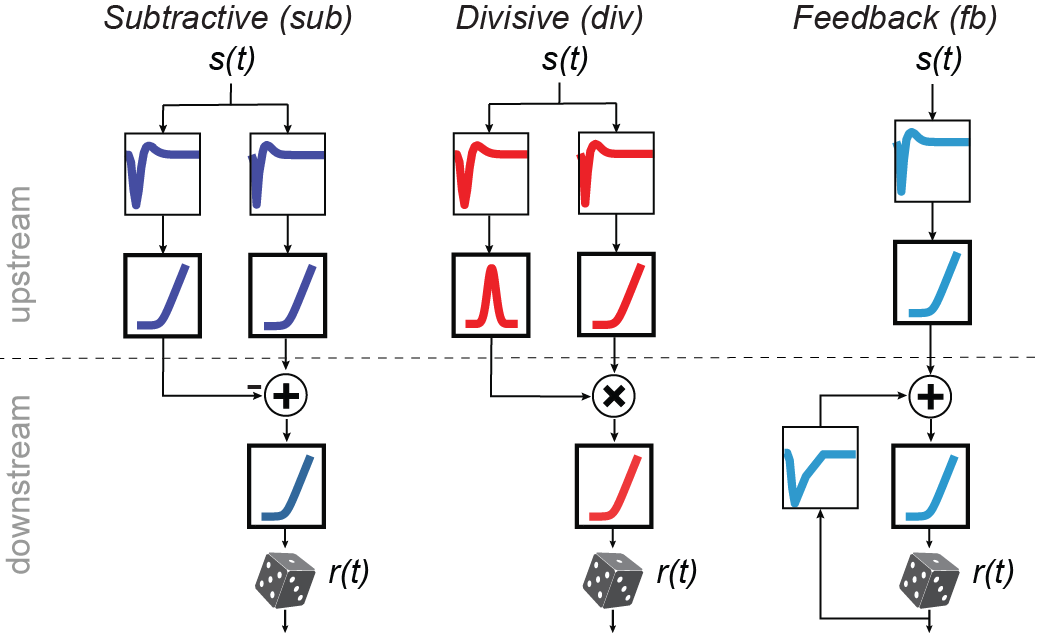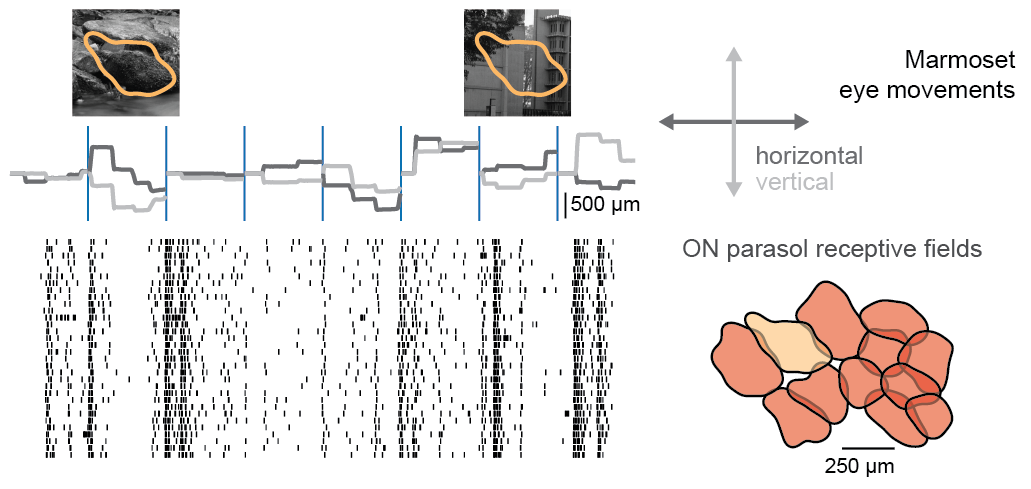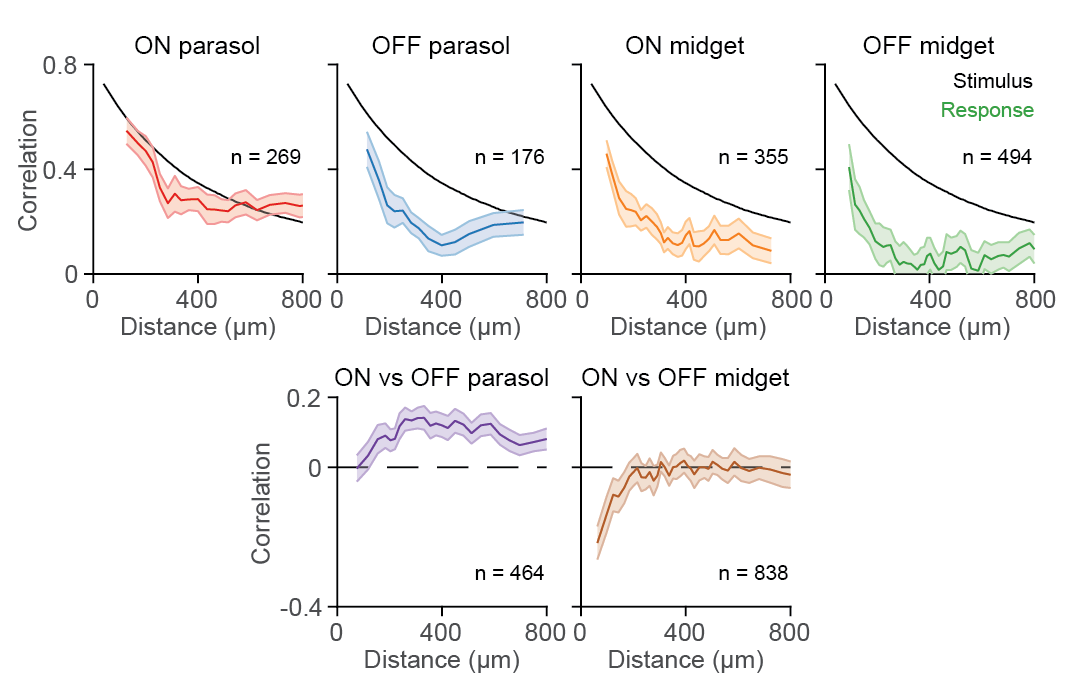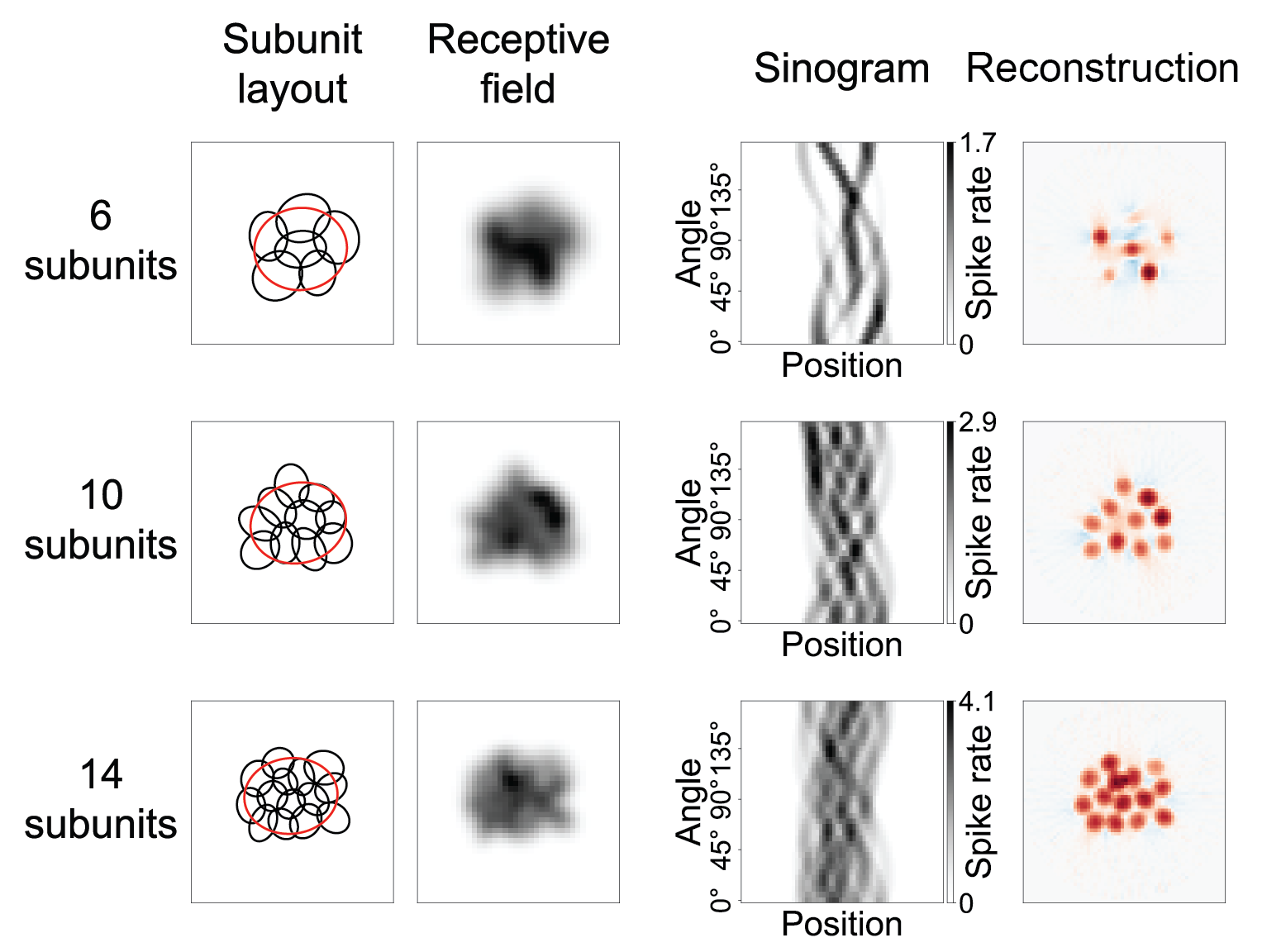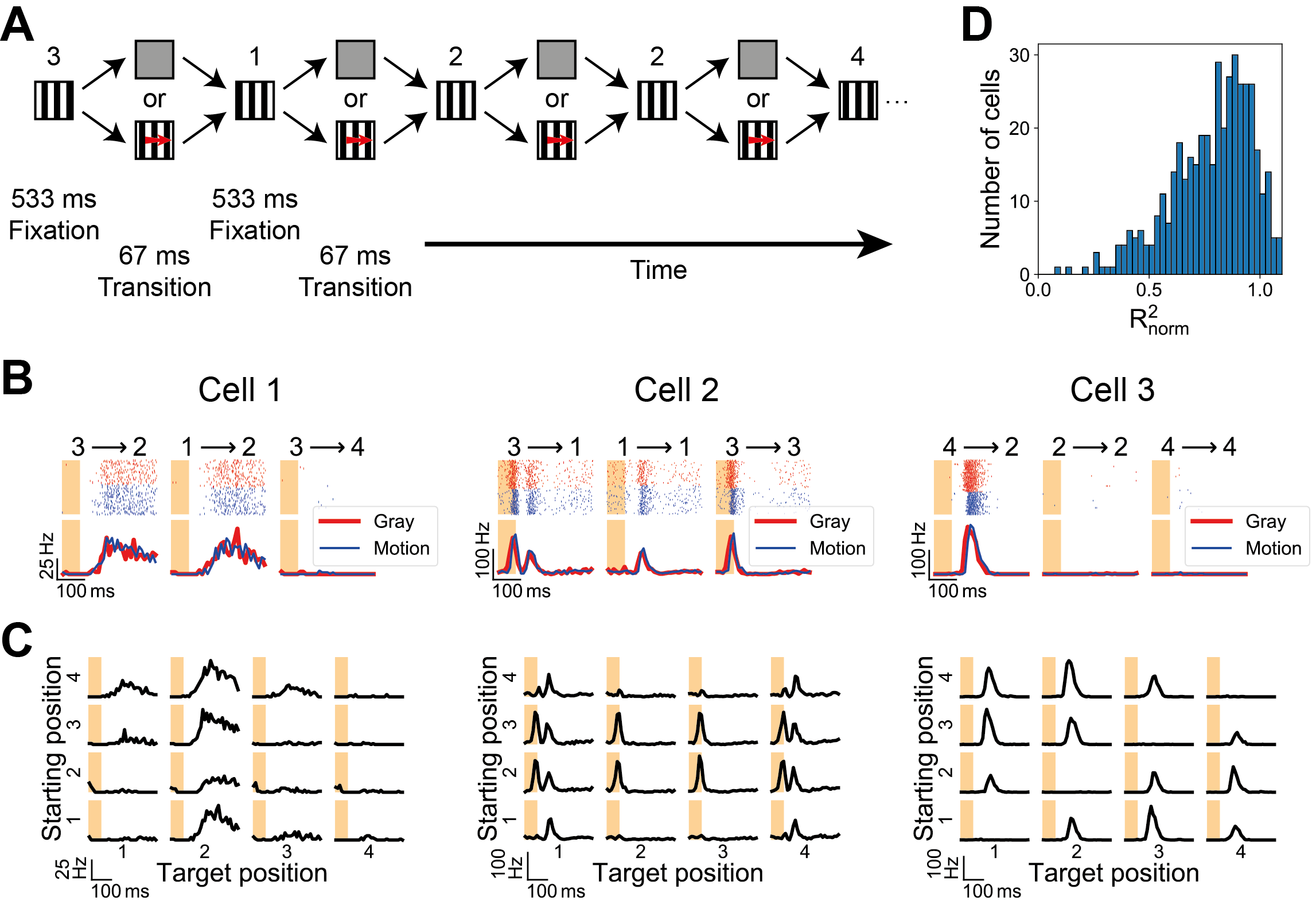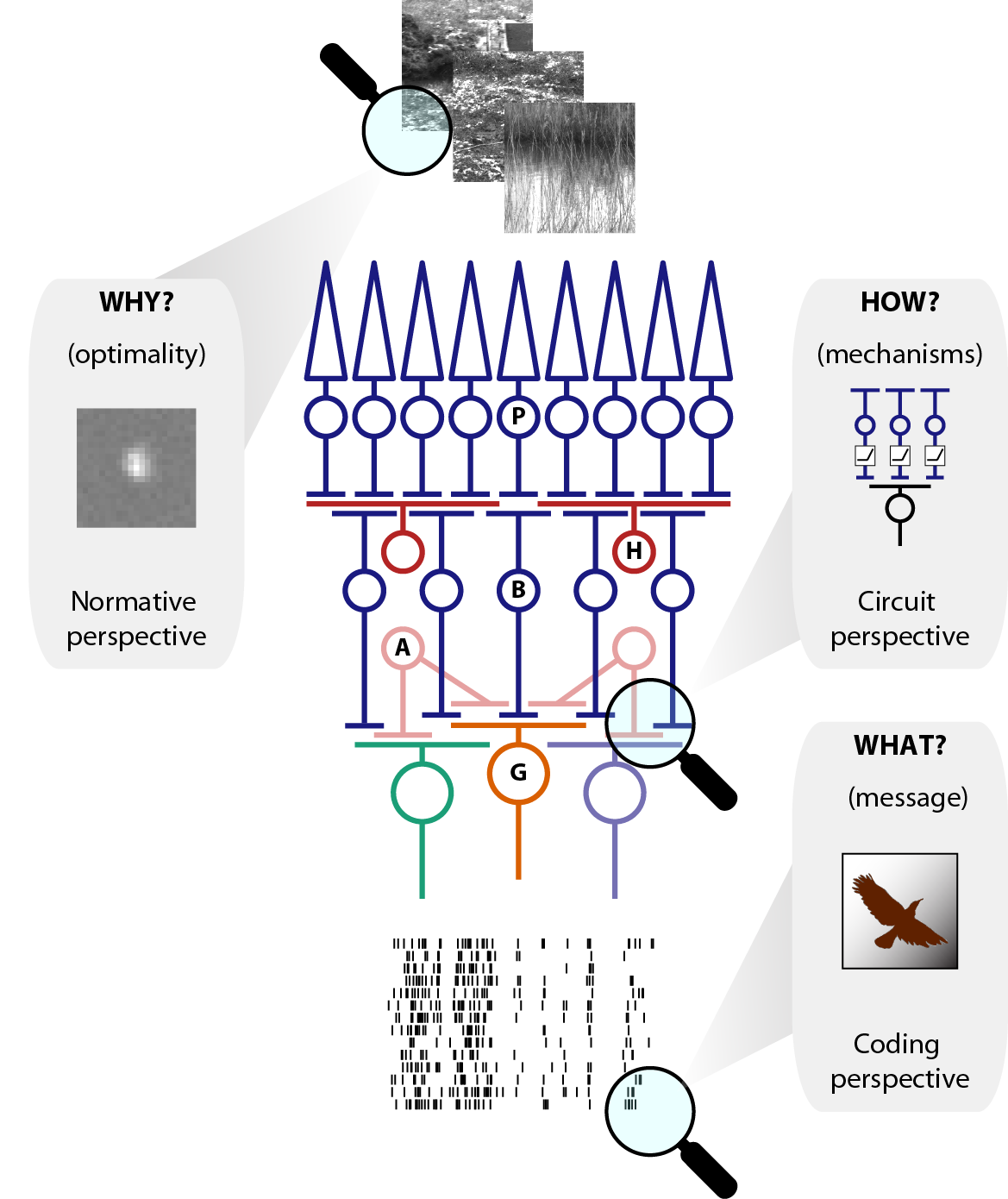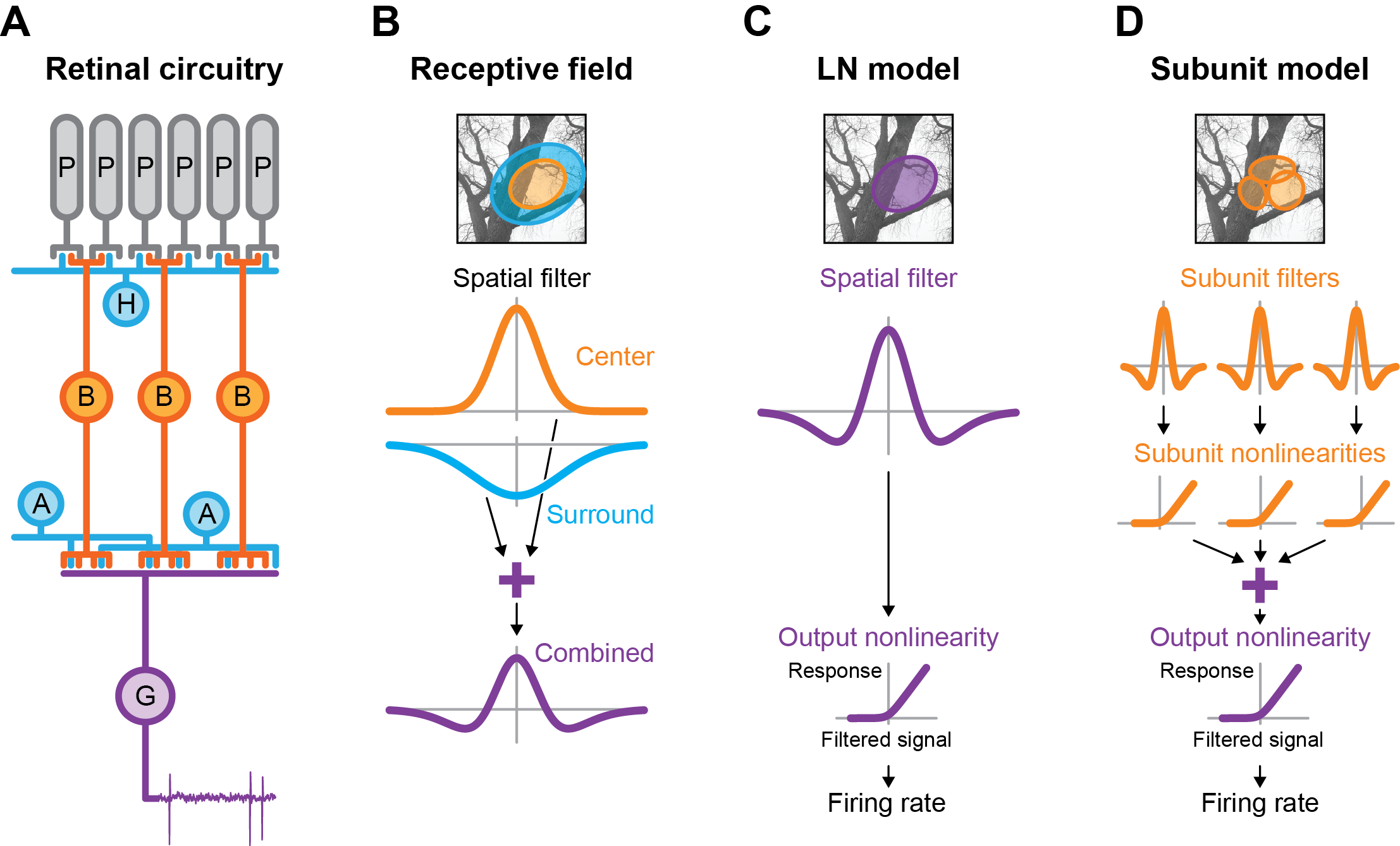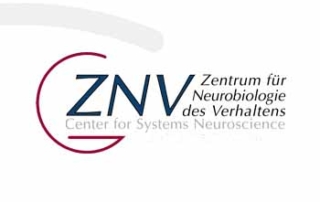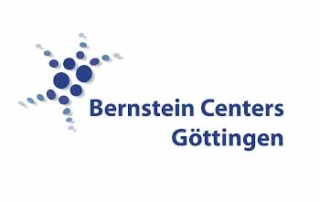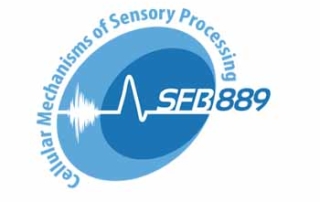Welcome to the Gollisch Lab Website
We are part of the Department of Ophthalmology at the University Medical Center Göttingen. Our research focuses on the question how the neural network of the retina in the eye processes and encodes visual information. In our work, we tightly combine experiments and theory. We record the activity of neurons in isolated retinas while stimulating the photoreceptors with light patterns, and we use modeling and statistics to understand the relationship between visual stimuli and neural responses.
Read more about our research here
Recent News
The paper on filter-models of suppression in the retina by Neda Shahidi and others has appeared in PLoS Computational Biology. Congratulations!
Our paper in Nature from earlier this year, spearheaded by Dimos Karamanlis, was selected as the Gö-VIP (=“Göttingen Very Important Publication”) in the 34th Gö-VIP round under “Basic Science”. Congratulations! List of Gö-VIPs with summaries in German here.
A talk and several posters from the group coming up at the Meeting of the German Neuroscience Society!
Press release on our recent paper in Nature! See here in German or here in English.
Our paper on redundant retinal coding under natural stimuli and the connection to nonlinear receptive fields by Dimos Karamanlis and others has come out in Nature. Congratulations!
Prof. Dr. Tim Gollisch
Group Leader
Contact
Selected Recent Publications
Shahidi et al, PLoS Computational Biology 2025
Filter-based models of suppression in retinal ganglion cells: Comparison and generalization across species and stimuli. The [...]
Karamanlis et al, Nature 2025
Nonlinear receptive fields evoke redundant retinal coding of natural scenes. The role of the vertebrate retina [...]
Krüppel et al, PLoS Computational Biology 2024
Applying super-resolution and tomography concepts to identify receptive field subunits in the retina. Spatially nonlinear stimulus [...]
Krüppel et al, Journal of Neuroscience 2023
Diversity of ganglion cell responses to saccade-like image shifts in the primate retina. Saccades are a [...]
Karamanlis, Schreyer, and Gollisch, Annual Review of Vision Science 2022
Retinal encoding of natural scenes. An ultimate goal in retina science is to understand how the [...]
Zapp, Nitsche, and Gollisch, Trends in Neurosciences 2022
Retinal receptive-field substructure: scaffolding for coding and computation. The center-surround receptive field of retinal ganglion cells [...]

